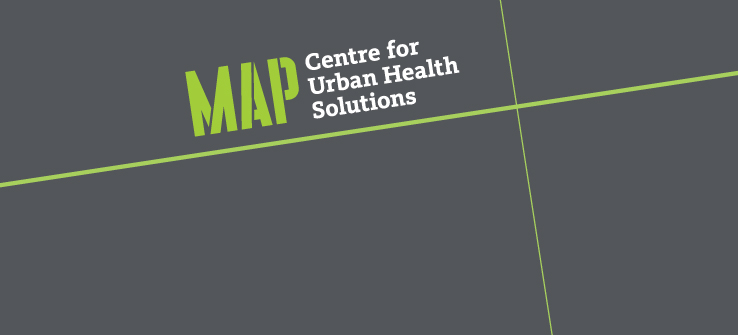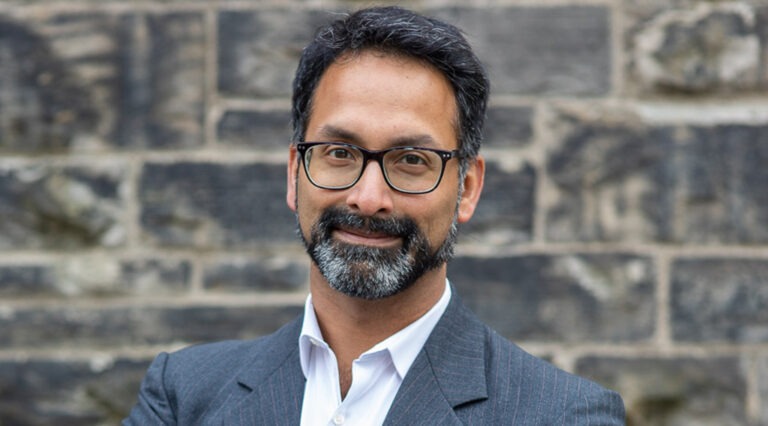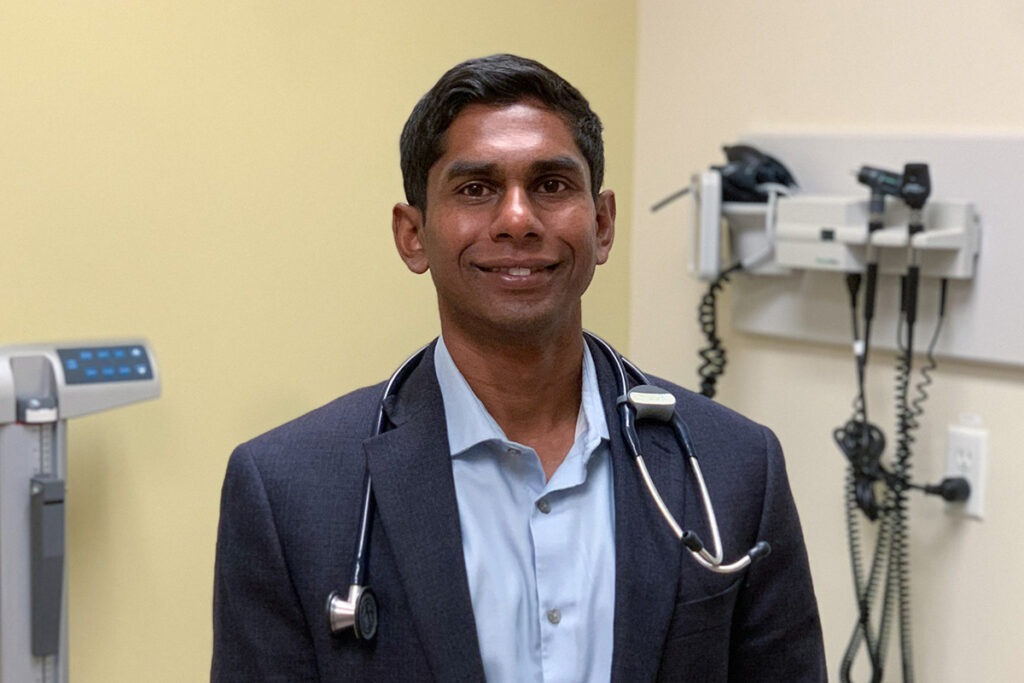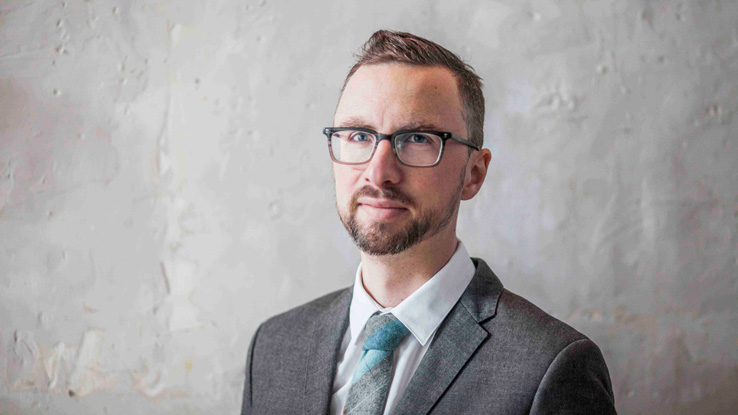From the CBC News article
While the federal Liberals have pledged to make progress toward a national pharmacare program through a recent deal with the NDP, health care advocates warn those efforts are moving too slowly — putting people’s health at risk and taking a financial toll on Canada’s hospital system.
The government recently announced a “supply-and-confidence” agreement that could see the Liberals stay in power until 2025 in exchange for action on several NDP priorities, including dental care and pharmacare programs.
But there’s little to suggest drug access will be a major focus in the latest federal budget expected on Thursday.
The Liberals intend to pass a Canada Pharmacare Act by the end of 2023, then task the National Drug Agency with developing a national formulary of essential medicines and a bulk purchasing plan by the end of their agreement with the NDP.
It’s “concerning” that such an open-ended timeline means building a national pharmacare program likely won’t happen until the next election cycle, said Dr. Nav Persaud, Canada research chair in health justice and a staff physician at St. Michael’s Hospital in Toronto.
“Multiple reports have detailed how including medicines in our publicly funded system would improve access, improve health, reduce the need for hospitalizations, emergency room visits, and also save billions of dollars both through direct savings, through lowering prices and through the need for health care,” he said.
“But much more important than that saved money would be the improved health, and avoided death.”





